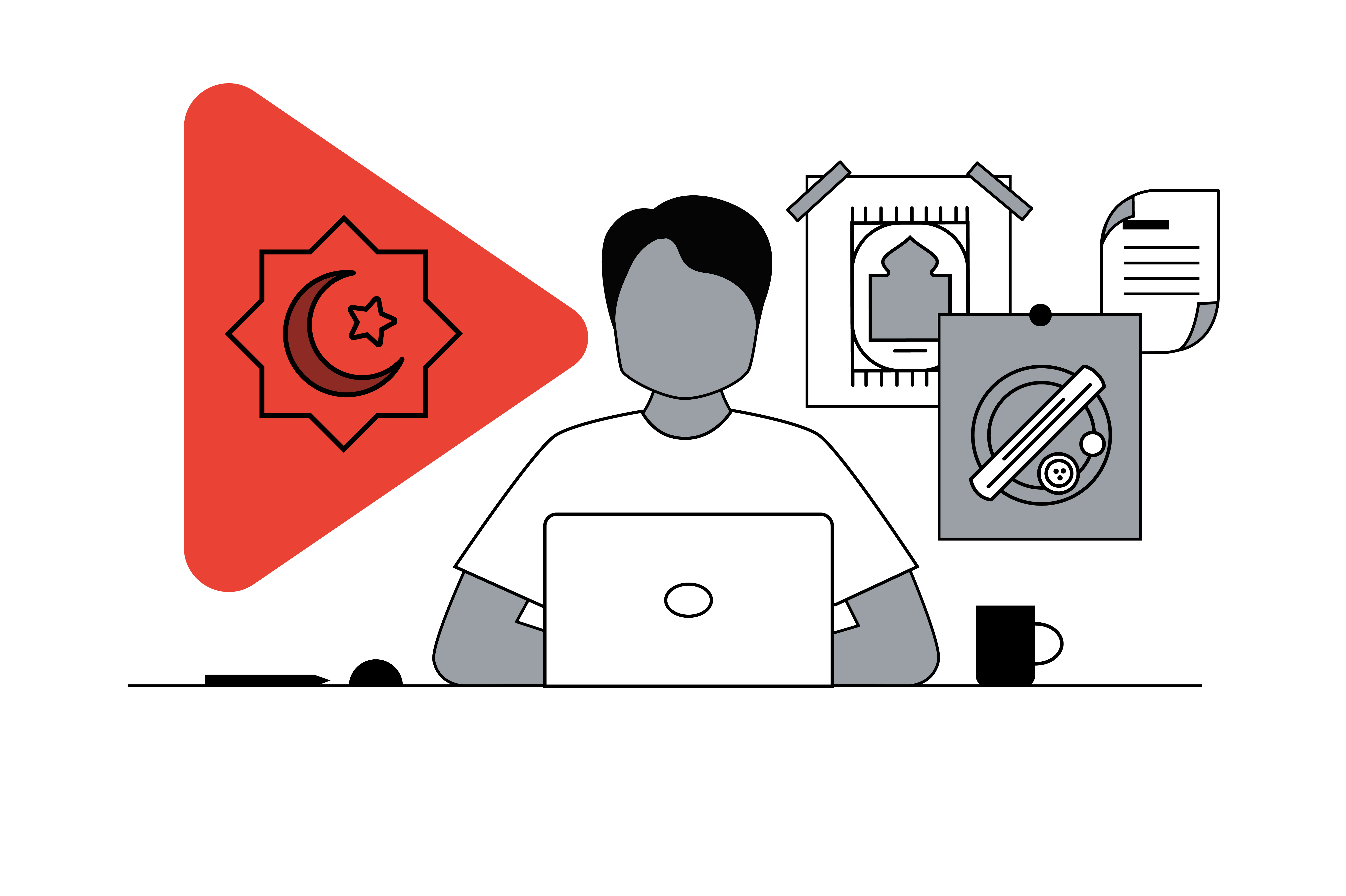We are collectively learning how to reassess and adjust plans in a dynamic environment. As marketers, we must embrace agility, even for key moments like Ramadan — traditionally a time of gathering and the biggest ad season of the year.
So, how do you quickly adapt key campaigns that were months in the making? How can you help communities celebrate Ramadan when large gatherings are discouraged and stay relevant in the short and long term? While there is no playbook for marketing in a crisis, we can turn to useful new insights and trends to serve as signposts.
The key lies in the fact that consumers’ online behavior changes during Ramadan. Now more than ever, we rely on digital platforms to seek information, entertainment or buy what we need. Understanding this behavior is essential for marketers to develop truly agile campaigns for Ramadan.
Ramadan at an unprecedented time
The holy season is a time to celebrate togetherness and community values. With social distancing in effect, and many consumers working and studying from home, there will be heavier reliance on the digital world. How are users spending their increased time online? They are consuming entertaining content, learning new skills, and getting creative with new hobbies.
Consumers are also shopping for essentials, with 1.8X growth in delivery searches worldwide1, and a 41% increase of in-app purchases within F&B delivery mobile apps. Pakistan, in particular, saw a massive 4.5X increase in searches for "home delivery."2
Consumers are also shopping for essentials, with 1.8X growth in delivery searches worldwide.
Through shared experiences online, a sense of community has blossomed. Creators across APAC have jumped on board StayHome #WithMe on YouTube. In Indonesia and Malaysia, quarantine routines and tips range from fitness, creative projects, cooking and more.
The challenge for brands is to connect with consumers thoughtfully. To that end, here are three tips to keep in mind when building your Ramadan communications:
1. Together, but apart
Ramadan is usually celebrated with extended family and friends. Look at capturing the feeling of being together without being physically present in the same space. Consider using technology to host virtual gatherings and the best practices around this. For example, realizing that consumers are unable to shop in stores, Indonesian beauty and cosmetics brand Wardah, created a virtual platform where users could try on different shades of lip color. Brands can foster a sense of community by building on this insight:
- Bring people together: Broadcast content is big during Ramadan so think of ways for friends to watch content together and rethink live events.
- Celebrate festive looks: During Eid, people visit family and friends in their finest festive looks. Brands can tap into this trend by virtually sharing pictures and videos using special filters — or through a fun tool like the Qalam app, which creates customized, visual messages.
- Share the love: The tradition of sharing meals with family during Ramadan is unlikely to happen as extensively this year. Rather than traditional large gatherings, messaging can shift to more intimate family/household celebrations — and the need to prepare simple meals. Think about ways to express this change while delivering the same message of care and love.
2. Rethink the details
Operating in a dynamic environment means rethinking what you know about Ramadan consumer trends. Remember that little things go a long way in helping consumers:
- Solo gift shopping: Last year, there were over 400,000 conversations surrounding Ramadan-related shopping in Indonesia alone. But consumers will likely shop for gifts online this season. eCommerce sites and apps can help improve the experience by offering gifting options such as wrapping paper, customized cards and discounted add-ons. Giving customers one-stop solutions for buying and wrapping presents may also save them time.
- More recipes: During Ramadan search queries for recipes peak as families enjoy iftar together. This trend is visibly increasing3 in the current climate, especially in Indonesia, with searches already surpassing 2019 peaks. With large or public buffets to be avoided this season, try to innovate with simple recipe recommendations or fun communal activities such as online cook-a-longs.
Search queries for recipes in 2020 have surpassed last year's peaks in Indonesia.
- Hygienic delivery: With delivery food in high demand, consider concerns the consumer has in mind in terms of sanitation and contact. Innovative solutions like contactless pick up could help solve these issues — and they're currently offered across APAC by providers like Grab, GoJek, and Food Panda.
- Streamline websites: Make the online shopping experience as up-to-date as possible. Use Test My Site to ensure customers have a smooth experience loading your site (including on mobile), update your stock details in real time (i.e., implementing stock count features and enabling product restock notification), and offer accurate delivery times.
- Be flexible: Put consumers first and help them with refunds and payment plans where possible. Take for example the #ChooseToGiveShelter campaign by Singapore-based eCommerce platform Carousell. By tapping into its community of landlords on the platform, Malaysian workers affected by the current situation are able to receive free short-term room rentals. On the travel front, several airlines operating in Singapore are offering free date changes or refunds for tickets.
3. Have a plan B
In a rapidly changing market, brands should have contingency plans:
- Create assets for different scenarios: Remember that utilizing existing assets and making small changes can be a more efficient solution than starting completely from scratch.
- Refresh asset production: Can you produce assets without the need for a filming set to save time? This could include animation, repurposing old ad creative, or using content creators who work from home.
- Stay up-to-date: Assess your comms to ensure relevancy. Use Google Trends to keep up with local and global trends, updated by the hour. Consumers will appreciate updates and regular contact.
As we continue to face challenges in the coming weeks, one thing is clear: Ramadan will not be business as usual. However, it might offer you a more thoughtful way to connect with your consumers. Have a blessed Ramadan!








